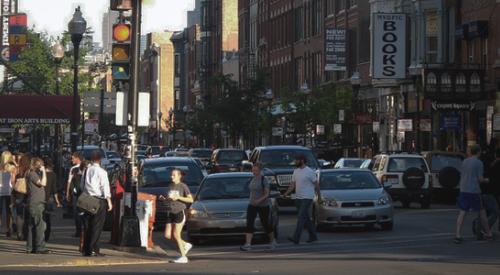A new paper published in the journal Urban Studies tracks suburban and urban neighborhood economic status shifts from 1970 to 2010, and the findings are confounding recent, commonly-held assumptions.
The study evaluates urban core, inner-ring, and outer-ring suburban neighborhoods based on density and proximity to the urban center, and then analyzes suburban neighborhoods by time of development: prewar, postwar, and modern. Economic status is studied based on indicators including education level, employment, income, vacancy rates, age, gender, rents, and home values, CityLab reports.
The rise of the city and the decline of the suburbs has emerged as a common meme in recent years. The young, the educated, and the affluent have come streaming back to the urban core, driving up rents, driving out the poor, and giving rise to patterns of gentrification. The story goes that the suburbs have lost their long-held position as the premier location, being besieged by poverty, economic decline, and other problems once thought to be the province of the inner city.













